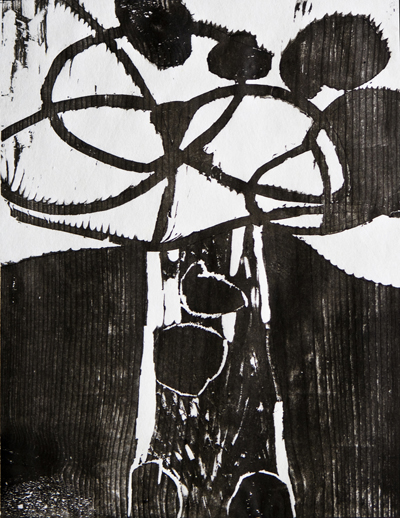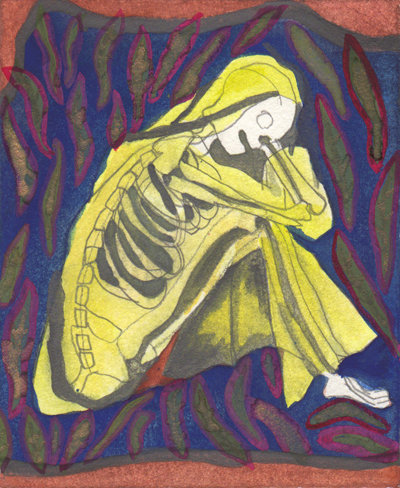SFMOMA opened two sister exhibits last night — How the Light Gets In: Bay Area Photo and Pauletta Chanco: Living on Shifting Sands. While the shows vary in their subject matter and medium, both touch on the importance of light, illumination and how we choose to interpret them in relation to life and death.
“While the shows vary in their subject matter and medium, both touch on the importance of light, illumination and how we choose to interpret them in relation to life and death.”
How the Light Gets In has gathered artists like Susan Hyde Greene, Mark Jaremko and Tara Gill to present light at a very literal level. “How the light ‘gets in’ — what lens, camera, and aperture, or how long the exposure — is central to the creation of the photographic image, whether digital or film,” says SFMOMA – and the way we choose to find, portray and manipulate light can create a strong personal statement. It’s the perfect accompaniment to Pauletta Chanco’s paintings in Living on Shifting Sands.
Living on Shifting Sands showcases Chanco’s recent abstract work, which was inspired by her “experience of living with a terminal diagnosis.” She says the creation of the paintings was a direct response to the news of her terminal illness – a cathartic way to realize that “the practice of art and its visual results acknowledge that all any of us can do is to live in the moment, appreciating each one as it arises.”
Chanco’s past work is vibrant, but with a freneticism that can make it haunting. Primary colors reign in her canvases, dictating the mood of a painting with reds, yellows or blues. And after we absorb this initial color blast, we’re left to examine the more subtle brushwork in the pieces: small, muddier strokes that become the viewer’s confidante, inciting even more nuanced emotions. And as for the role of light? For Chanco, the subject becomes a metaphor for approaching her own death while celebrating life. Of her past pieces, few are devoid of color. But among them is the etching, “Climbing Out of Abyss,” which creates a very real sensation of hollowness and a sort of shock.
“[I can only] spend moments creating beauty,” says Chanco on dying and terminal illness, “and [having the ablity to] breathe life into what was never there before” is what makes a life well lived. Her newest pieces provide yet another ethereal but emotionally relatable experience that fit powerfully into the trajectory of her work.
You may also enjoy:
- Australian Brooke Huuskes’ Gotye parody shows the heartfelt intensity of the organ transplant experience on the donation and receiving end
- The Goodbye Gallery: A Unique Space for Contemporary Art in the Czech Republic
- Performance Artists on Mortality: “Edge” and “Near Death”

 SFMOMA and Pauletta Chanco’s “Living on Shifting Sands”
SFMOMA and Pauletta Chanco’s “Living on Shifting Sands”






 The Other Death in the Family
The Other Death in the Family

 The Healing Sound of Singing Bowls
The Healing Sound of Singing Bowls














